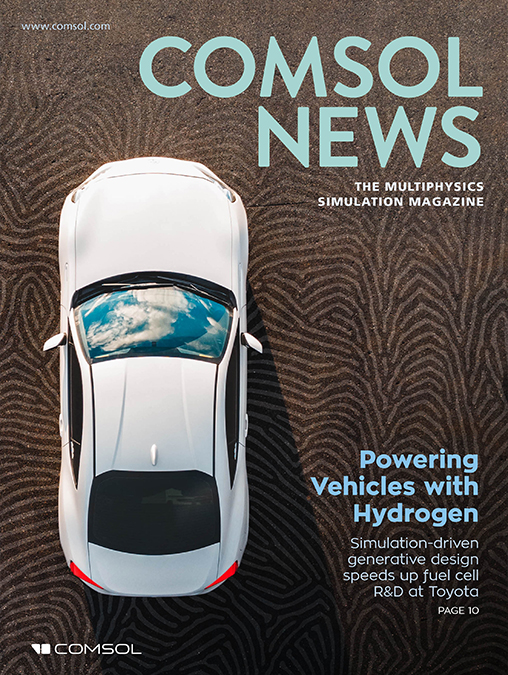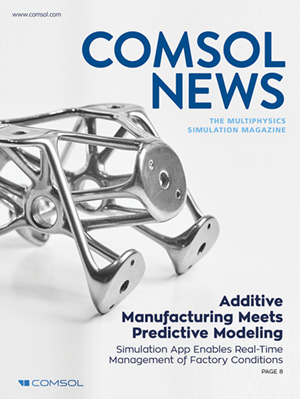- COMSOL News 2025
- COMSOL News Special Edition: Food Industry
- COMSOL News 2023
- COMSOL News 2022
- COMSOL News 2021
The latest stories from COMSOL users are available in COMSOL News and Multiphysics Simulation.
Baker Hughes saves 30% on prototyping costs by using 3D ultrasonic simulations to optimize transducers used for testing extracted oil and gas. Read More
Wood Thilsted, a leader in offshore engineering, used structural analysis to design boat landings that can withstand the relentless force of the sea and frequent interactions with 200-tonne vessels. Read More
To design three-phase inverters and DC link capacitors, two integral components of electric vehicle drivetrains, Bosch turned to thermal and EM simulation. Compared to previous designs, the optimized inverters have a 6% greater range and 200% jump in power density. Read More
Allergan Aesthetics is using heat transfer and electromagnetics simulation to enhance CoolSculpting® and CoolTone®, separate noninvasive medical aesthetic procedures designed to eliminate targeted subcutaneous fat and strengthen muscles, respectively. Read More
Researchers at the University of Bristol modeled the acoustic camouflaging properties of moth wing scales to gain a better understand of the vibroacoustic phenomena at play. Their research could help develop acoustic camouflage techniques for use in other areas. Read More
The EPFLoop team competed at the 2019 SpaceX Hyperloop Pod Competition with a Hyperloop pod that was half the weight and twice the speed of their 2018 design with the help of composite materials modeling. Read More
Researchers at the Flemish Institute for Technical Research (VITO/EnergyVille) and KU Leuven developed a model of a semisolid flow battery (SSFB) to predict how flow rate affects particle discharge and how cell voltage changes during the discharge process. Read More
To optimize a metasurface topology for an optical antenna design, an engineer from the Air Force Institute of Technology (AFIT) is using an optimization algorithm inspired by natural selection, as well as multiphysics simulation. Read More
EPFLoop, from the Swiss Federal Institute of Technology Lausanne (EPFL), designed their pod for the 2018 SpaceX Hyperloop Pod Competition with the help of multiphysics simulation. They placed in the top three teams worldwide and competed in the final competition in California. Read More
Power grids need to be properly maintained in order to protect them from system failure. Engineers at ABB use multiphysics simulation to design instrument transformers and sensors that can withstand overvoltages and be used in submersible underground vault applications. Read More













